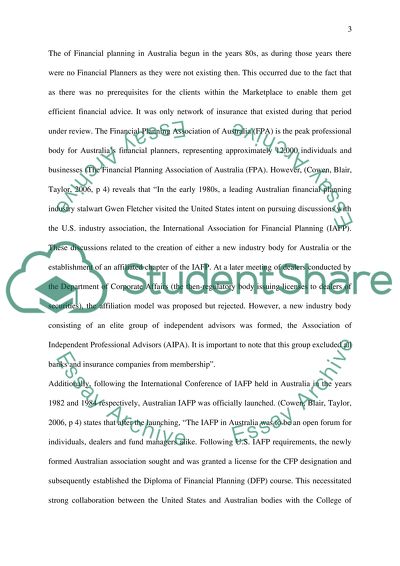Cite this document
(“Financial Planning Essay Example | Topics and Well Written Essays - 2000 words”, n.d.)
Financial Planning Essay Example | Topics and Well Written Essays - 2000 words. Retrieved from https://studentshare.org/miscellaneous/1512209-financial-planning
Financial Planning Essay Example | Topics and Well Written Essays - 2000 words. Retrieved from https://studentshare.org/miscellaneous/1512209-financial-planning
(Financial Planning Essay Example | Topics and Well Written Essays - 2000 Words)
Financial Planning Essay Example | Topics and Well Written Essays - 2000 Words. https://studentshare.org/miscellaneous/1512209-financial-planning.
Financial Planning Essay Example | Topics and Well Written Essays - 2000 Words. https://studentshare.org/miscellaneous/1512209-financial-planning.
“Financial Planning Essay Example | Topics and Well Written Essays - 2000 Words”, n.d. https://studentshare.org/miscellaneous/1512209-financial-planning.


